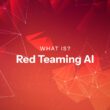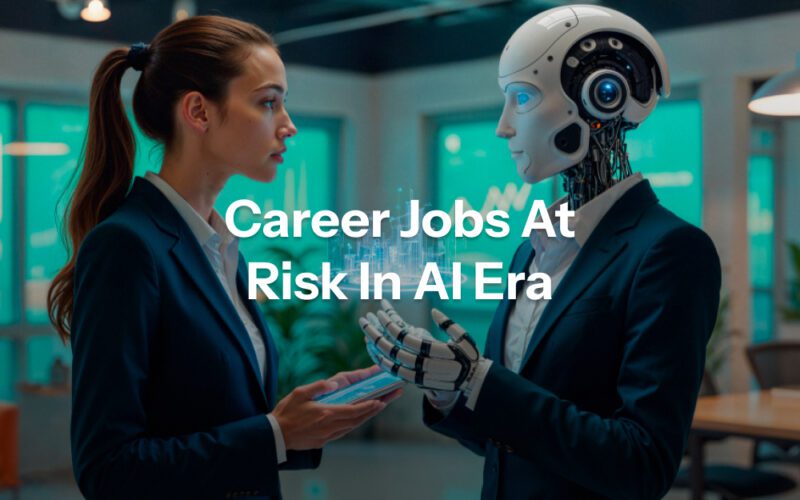The artificial intelligence revolution isn’t coming—it’s already here. As we navigate through 2025, jobs affected by AI have become increasingly evident, with recent research painting a complex picture of transformation rather than simple replacement. Understanding which roles are most vulnerable can help tech professionals and workers across industries prepare for the changes ahead.
Current State of Displacement
According to the World Economic Forum’s latest data, 41% of employers worldwide intend to reduce their workforce in the next five years due to AI automation. However, the reality is more nuanced than mass unemployment predictions suggest. Microsoft’s comprehensive study, which analyzed actual conversations between users and AI tools like Bing Copilot throughout 2024, reveals that jobs affected by AI vary dramatically across different job categories.
The List of Vulnerable Positions
Recent analysis shows that certain white-collar jobs face the highest risk of significant AI disruption. Customer service representatives, who account for nearly 2.86 million workers, top the list of jobs affected by AI. These positions are particularly susceptible because they involve routine interactions that AI can increasingly handle through chatbots and automated response systems.
The creative and analytical sectors also face substantial challenges among jobs affected by AI automation. Writers, authors, journalists, editors, translators, interpreters and proofreaders are among the highly vulnerable roles, as AI tools become increasingly sophisticated at generating and processing text-based content. Similarly, data-driven positions including data scientists, market research analysts, and business analysts find themselves in the crosshairs as AI excels at pattern recognition and data processing.
The Complete List of 35 Jobs Affected by AI:
High-Risk Professional Roles:
- Customer Service Representatives
- Sales Representatives of Services
- Market Research Analysts
- Management Analysts
- Data Scientists
- Public Relations Specialists
- Technical Writers
- Editors
- Writers and Authors
- News Analysts/Reporters/Journalists
- Interpreters and Translators
- Proofreaders and Copy Markers
- Web Developers
- Broadcast Announcers & Radio DJs
- Advertising Sales Agents
- Business Teachers, Postsecondary
- Economics Teachers, Postsecondary
- Library Science Teachers, Postsecondary
- Farm & Home Management Educators
- Political Scientists
- Historians
- Mathematicians
- Statistical Assistants
- Public Safety Telecommunicators
- Demonstrators & Product Promoters
- Models
- Hosts and Hostesses
- Concierges
- New Accounts Clerks
- Counter and Rental Clerks
- Telephone Operators
- Ticket Agents and Travel Clerks
- Brokerage Clerks
- Telemarketers
- Personal Financial Advisors
These jobs affected by AI represent positions where artificial intelligence can increasingly perform core tasks, potentially reducing the need for human workers in these roles.
Careers Safe from AI: The Protected Professions
Interestingly, jobs affected by AI are primarily knowledge-based, while positions requiring physical work, human connection, and hands-on skills are the safest from AI replacement. Manual labor positions, healthcare support roles requiring human touch, and skilled trades remain largely protected from AI disruption.
The safest positions include construction workers, automotive repair specialists, healthcare aides like phlebotomists and nursing assistants, and specialized equipment operators. These roles require physical presence, dexterity, and real-world problem-solving that current AI systems cannot replicate.
Enhancement vs. Replacement
Despite alarming headlines, experts caution against assuming high AI overlap automatically means job elimination. Microsoft researchers emphasize that “It is tempting to conclude that occupations with high overlap will experience job loss. This would be a mistake, as our data do not include the downstream business impacts of new technology”.
The historical precedent of ATMs provides perspective—while these machines automated key banking tasks, teller jobs actually increased as the technology reduced costs and allowed humans to focus on relationship building and complex problem-solving.
Preparation Strategies
For tech professionals whose roles appear among jobs affected by AI, the key lies in adaptation rather than panic. The future likely holds hybrid workflows combining human expertise with AI efficiency. Critical skills that remain uniquely human—creative problem-solving, ethical reasoning, complex communication, and strategic thinking—will become increasingly valuable.
Workers should focus on developing AI literacy, learning to work alongside these tools rather than competing with them. Understanding how to prompt, direct, and quality-check AI outputs will become as essential as traditional technical skills.
The Bottom Line
The AI transformation of the job market is inevitable, but it’s not necessarily catastrophic. While certain roles will evolve significantly, history suggests that technological advancement often creates new opportunities even as it transforms existing ones. For tech professionals, staying ahead means embracing continuous learning, developing complementary skills, and viewing AI as a powerful collaborative tool rather than a replacement threat.
The jobs of tomorrow may look different, but they’ll still need the uniquely human qualities that no algorithm can replicate—creativity, empathy, strategic thinking, and the ability to navigate complex, ambiguous situations. Those who adapt will thrive in this AI-augmented future.









